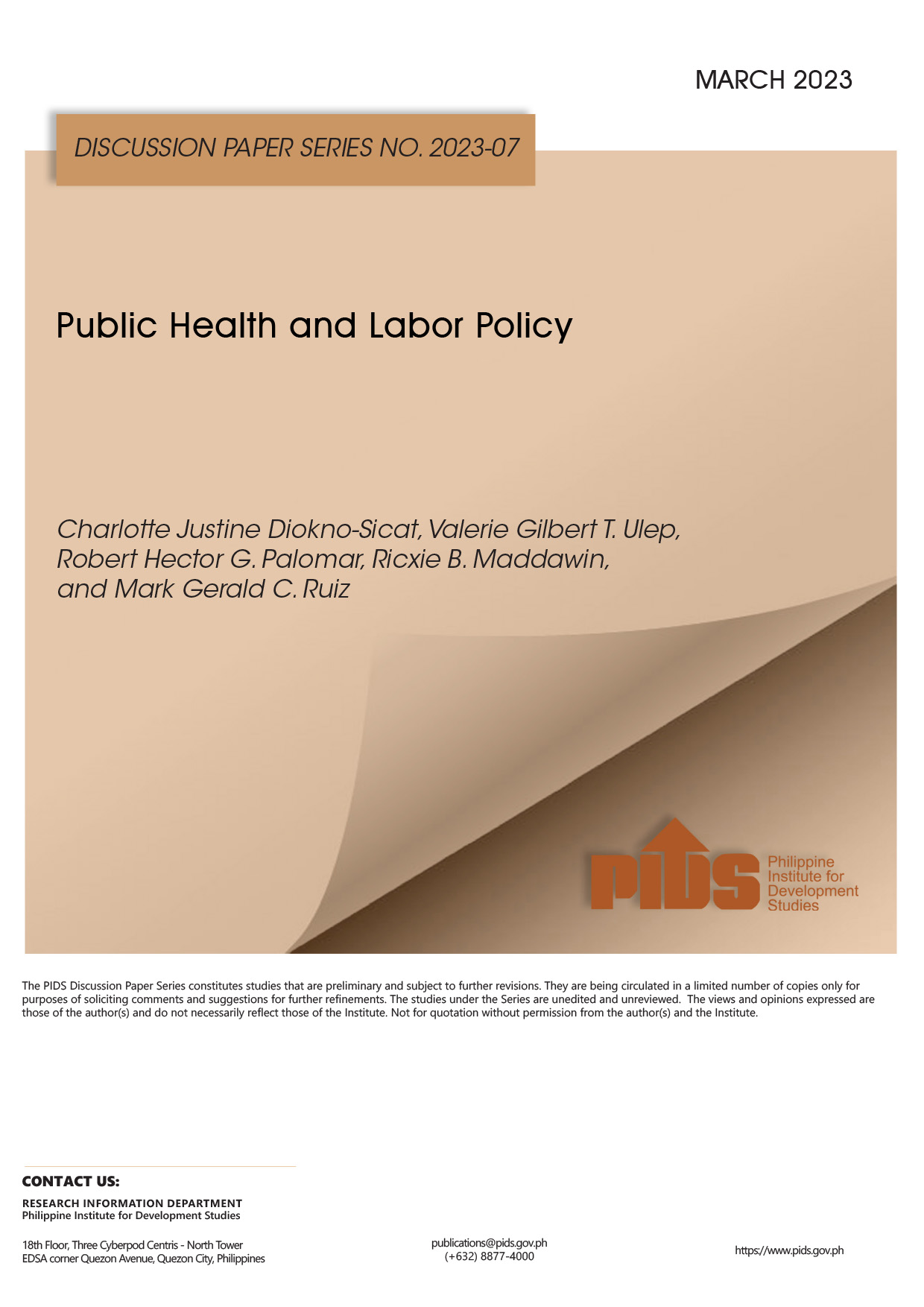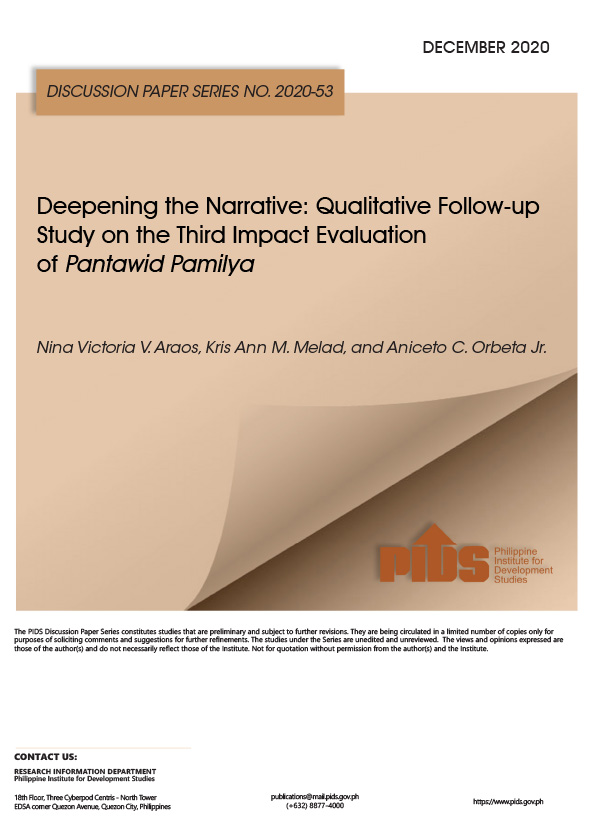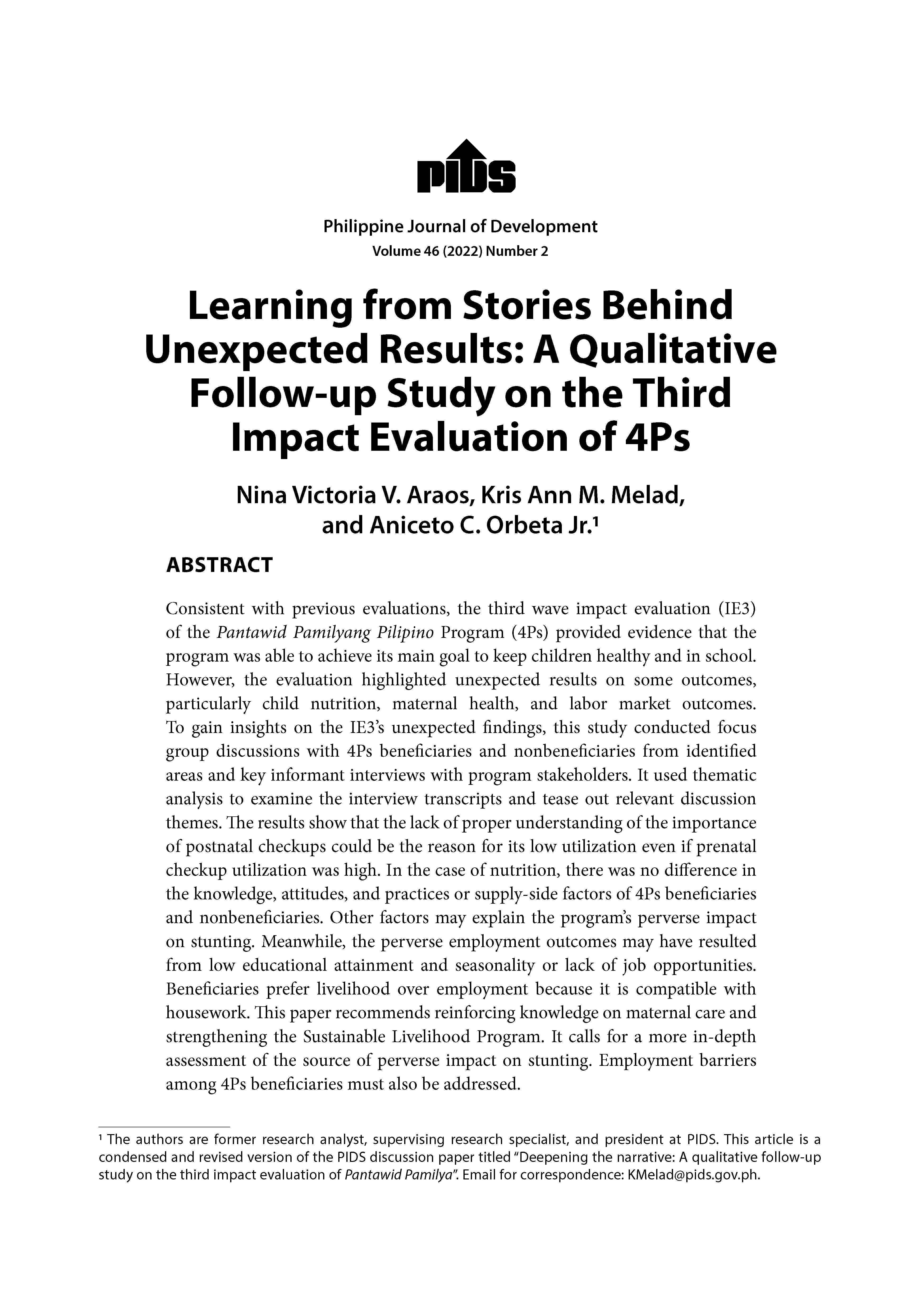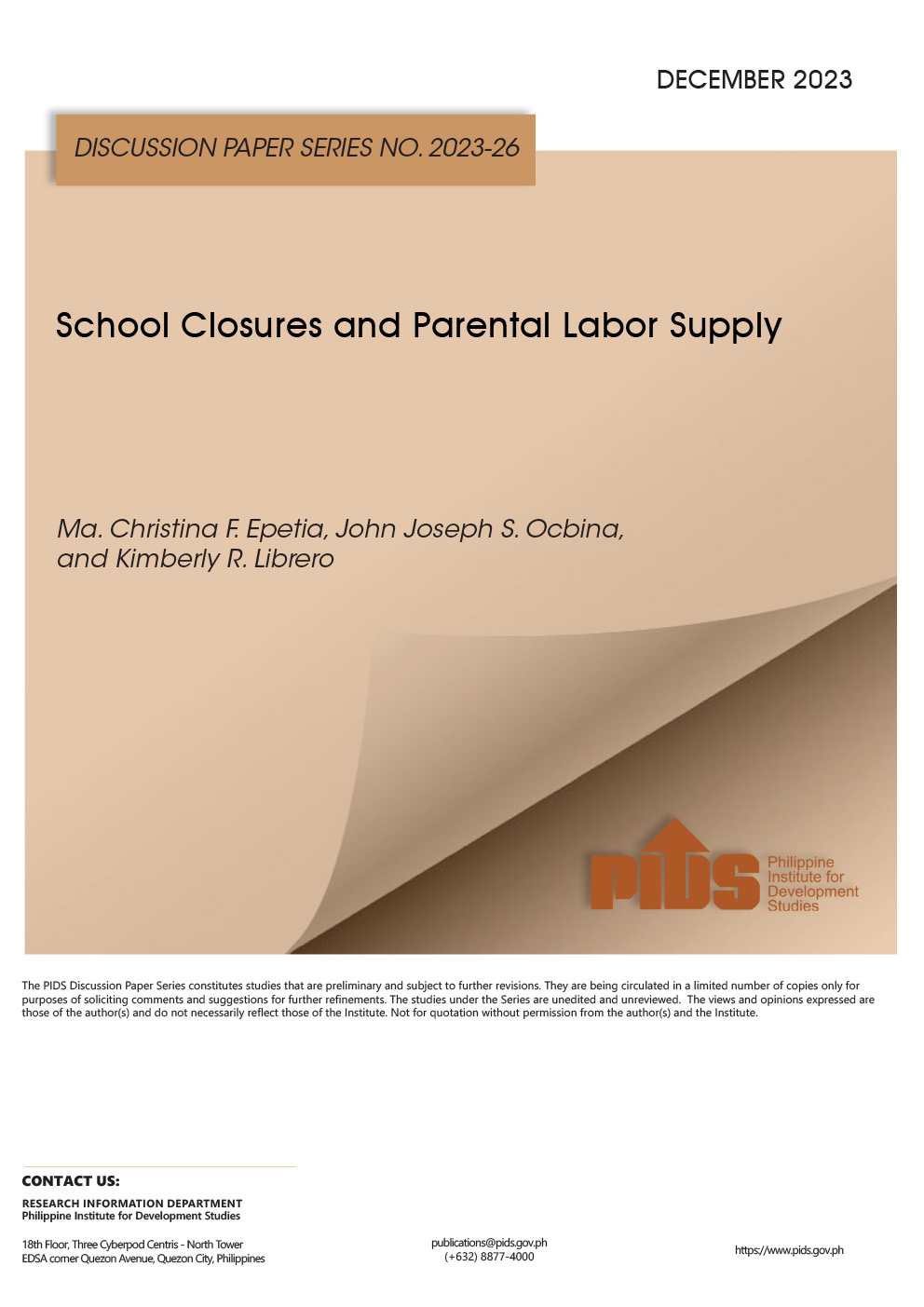The coronavirus disease 2019 (COVID-19) pandemic and lockdown measures taken to control its spread brought economies to a halt, turning the public health crisis into an economic one. Though government responses, such as labor and social welfare protection programs, were similar to recent economic crises like the Global and Asian Financial Crises, the origin of the current situation being public health rather than financial markets, put the spotlight on the health sector and the need for its strengthening both to manage COVID-19 and ensure sustainable economic recovery.
This study examines the relationship between health spending and labor productivity. Will the COVID-19 pandemic crisis trigger more meaningful public investments in health? How can we build back better health policy for labor productivity?
Answering these questions requires establishing that health policy and indicators are associated with labor productivity measures. If there is such evidence, there is a need to examine pre-pandemic public health expenditures and policies and compare these to health policies of comparable countries with better health outcomes. This would guide policymakers in improving health sector outcomes and overall productivity.
This sought evidence of the association of health policy and indicators with labor productivity on two levels across (1) comparable ASEAN countries and (2) Philippine regions. The results showed that public health expenditures were robust and significant for GDP per capita (across ASEAN countries) and regional GDP per worker (RGDP, Philippine regional estimations). This suggests that increased public health spending is associated with increased labor productivity. For the cross-country results, life expectancy and gross capital investments were also positively significant, indicating increased productivity with longer life (i.e., a healthier population) and physical capital/tools and infrastructure (consistent with neoclassical growth theory or NGT). For Philippine regional regressions, only the proportion of the working-age population was significant but negative, possibly suggesting that a bigger work force is associated with lower productivity (ceteris paribus, which is consistent with NGT and the law of diminishing marginal product).
Comments to this paper are welcome within 60 days from the date of posting. Email publications@pids.gov.ph.
Citations
This publication has been cited 3 times
- Jocson, Luisa Maria Jacinta C.. 2023. Health spending touted as key to sustainability of economic recovery. BusinessWorld.
- Reyes, Rizal Raoul. 2023. Improve PHL health system with bigger budget, more investments–study. BusinessMirror.
- Tupas, Emmanuel. 2023. Probers see loopholes in CIDG ‘hulidap’ ops. Philippine Star.













